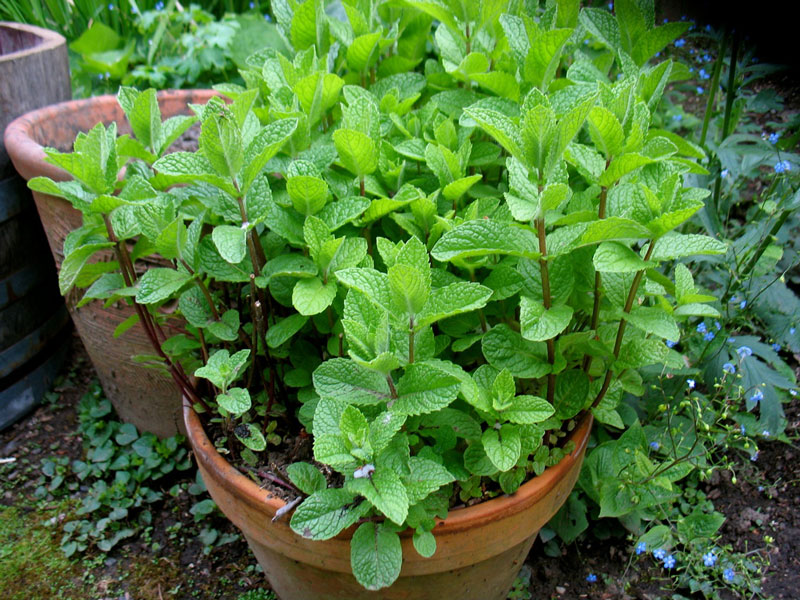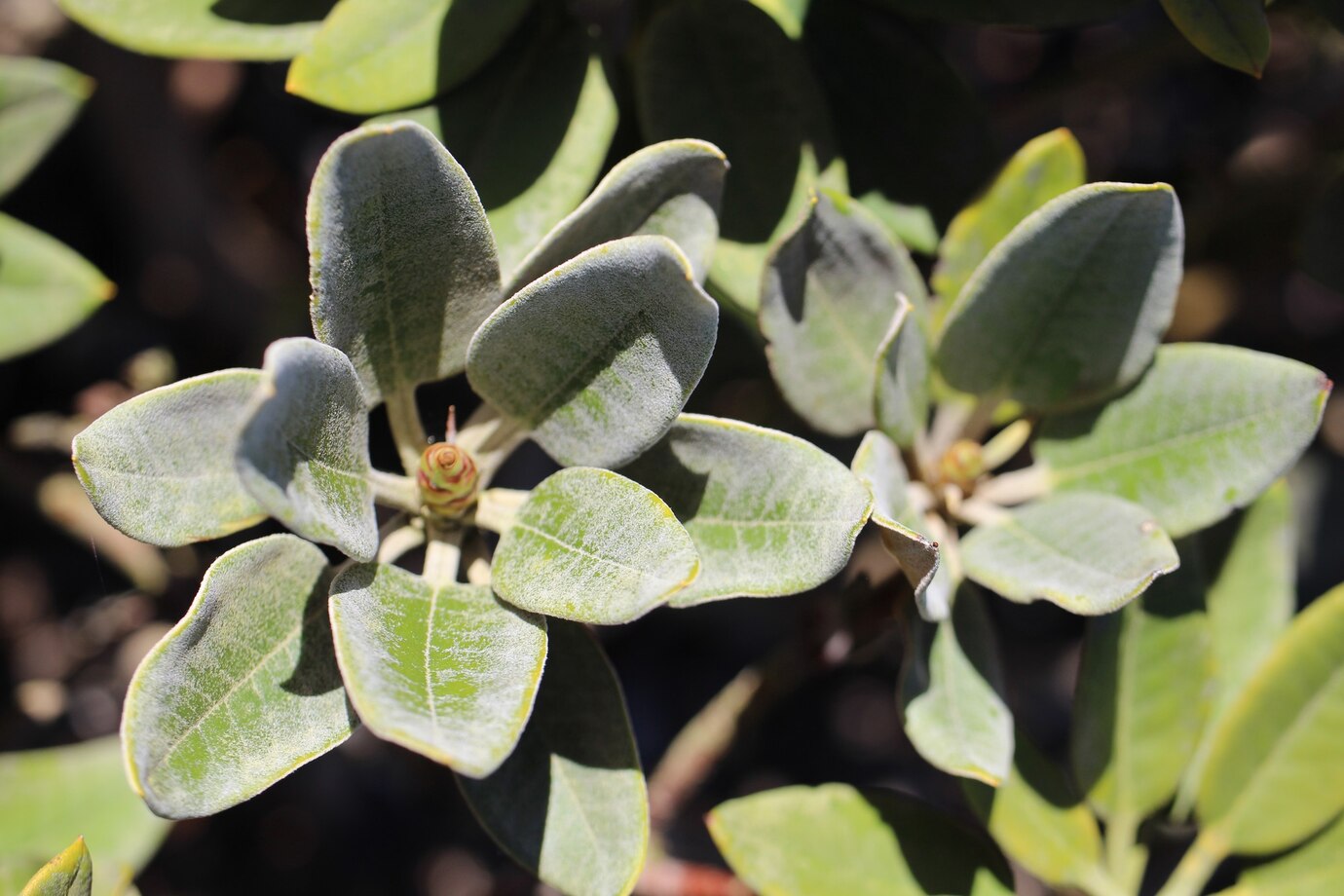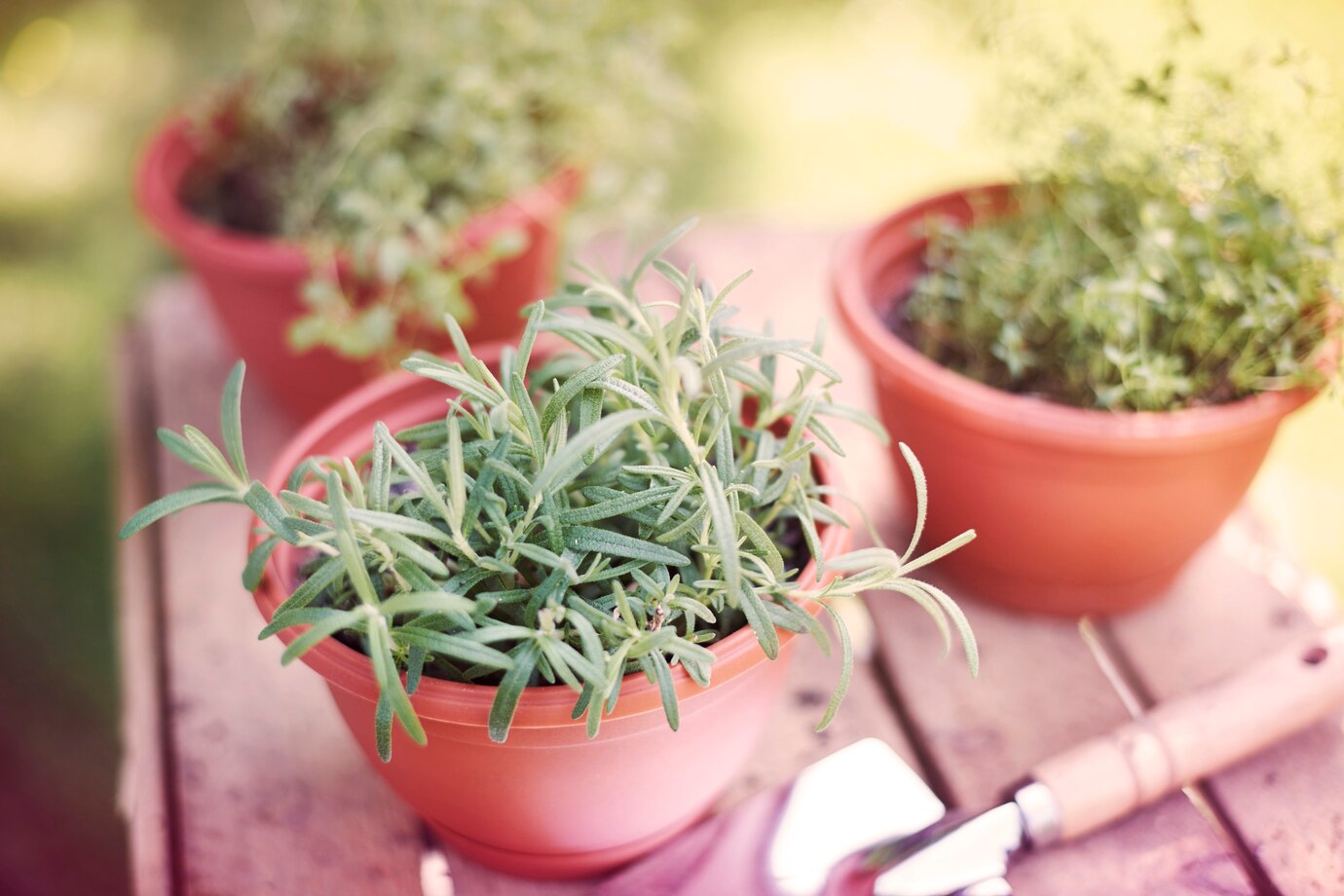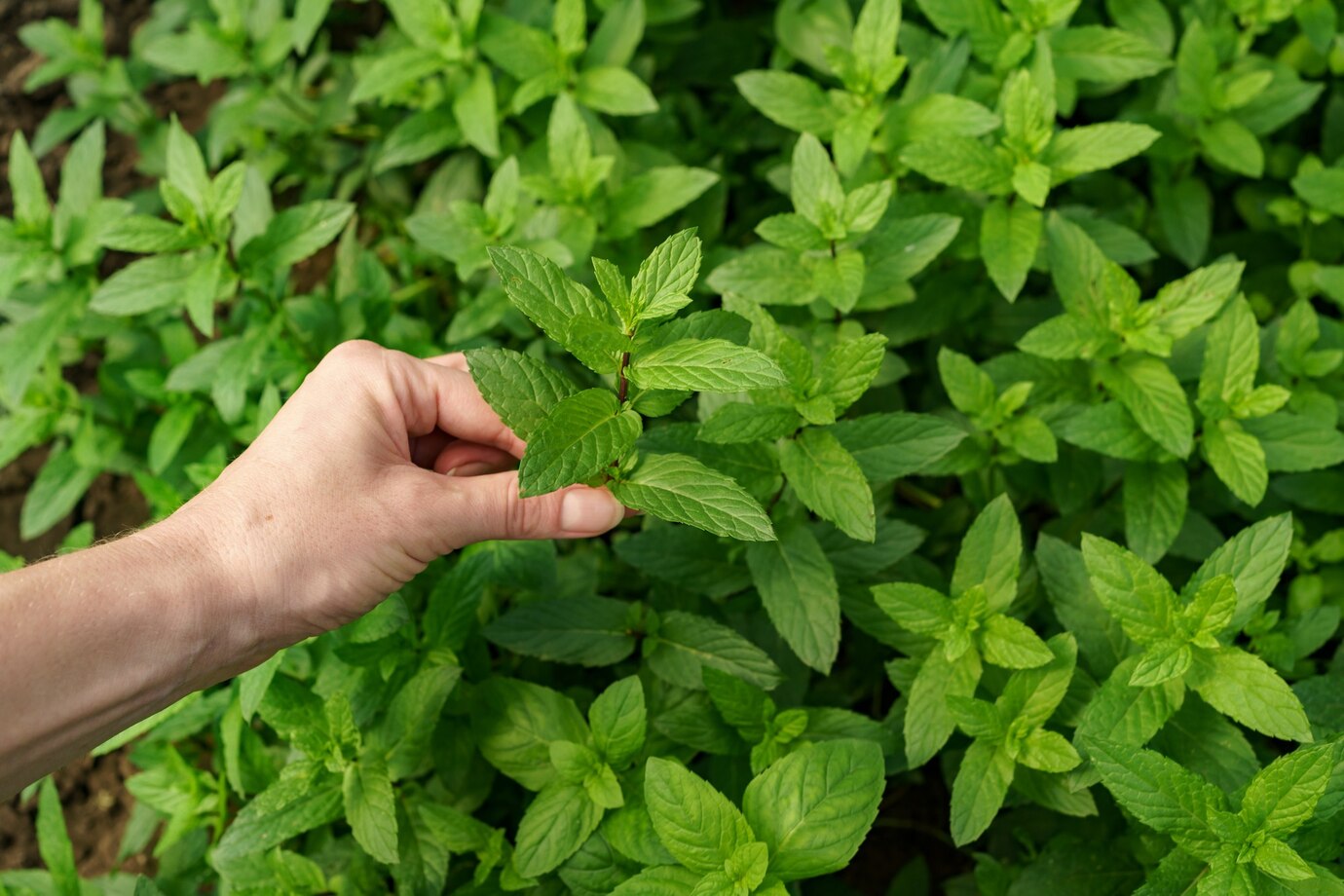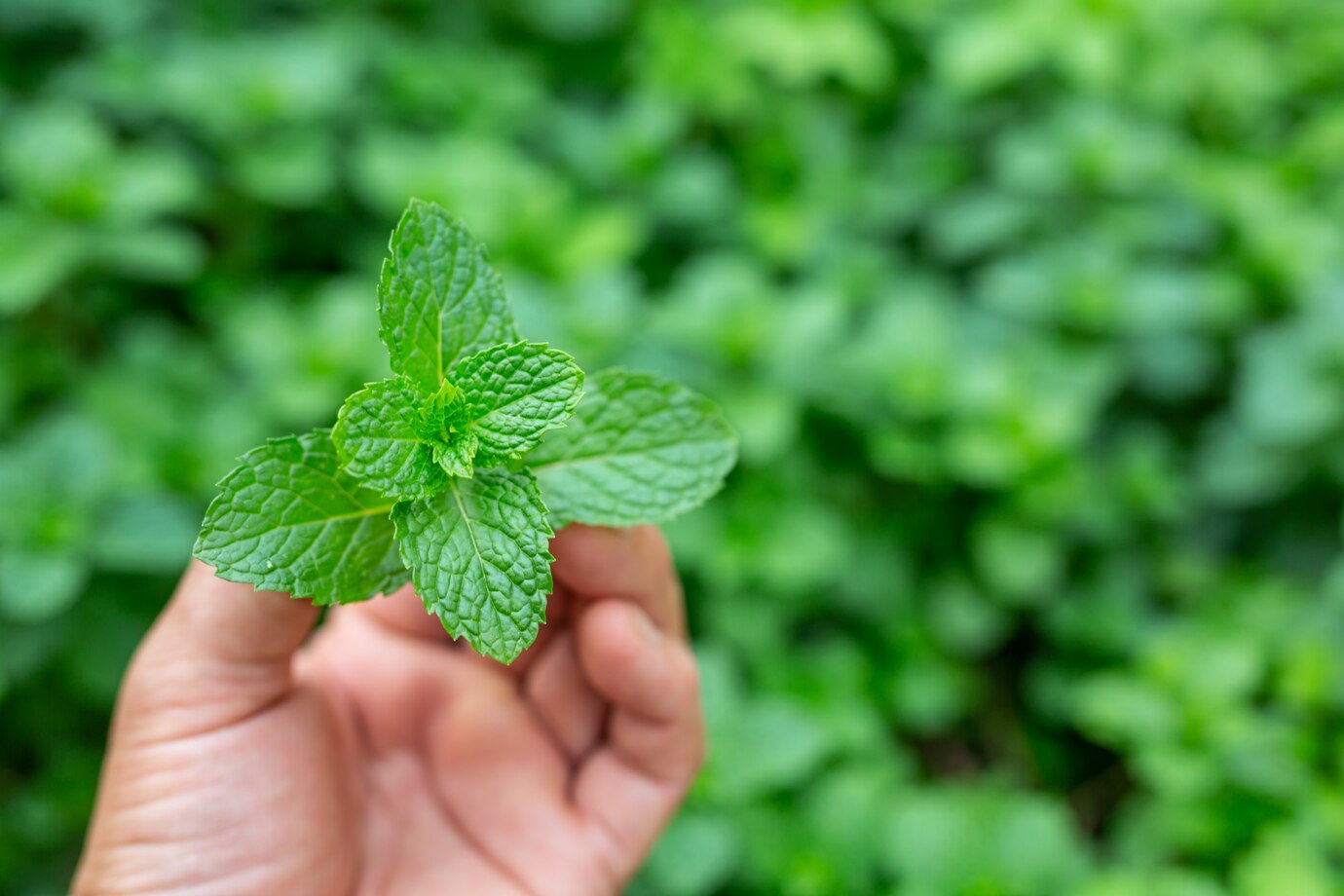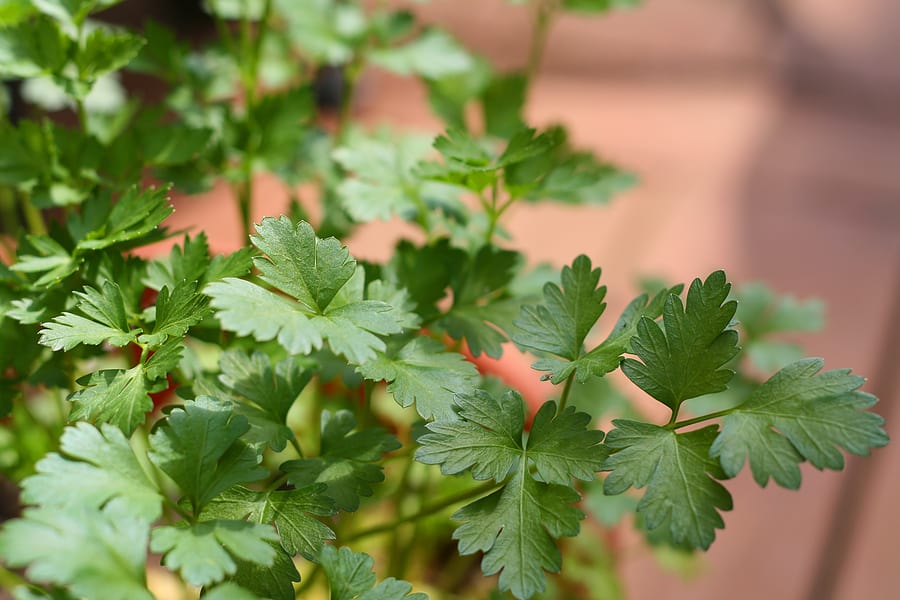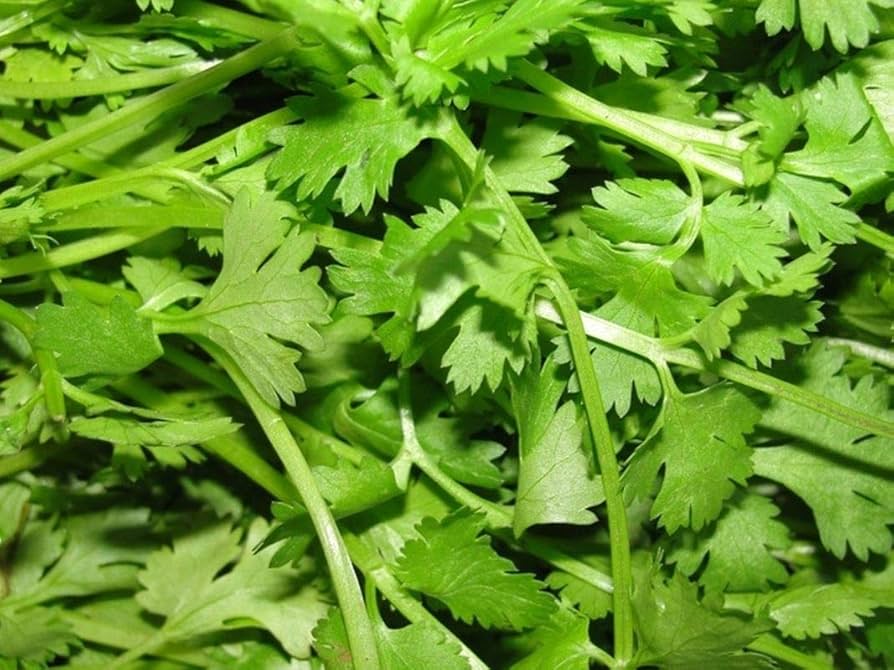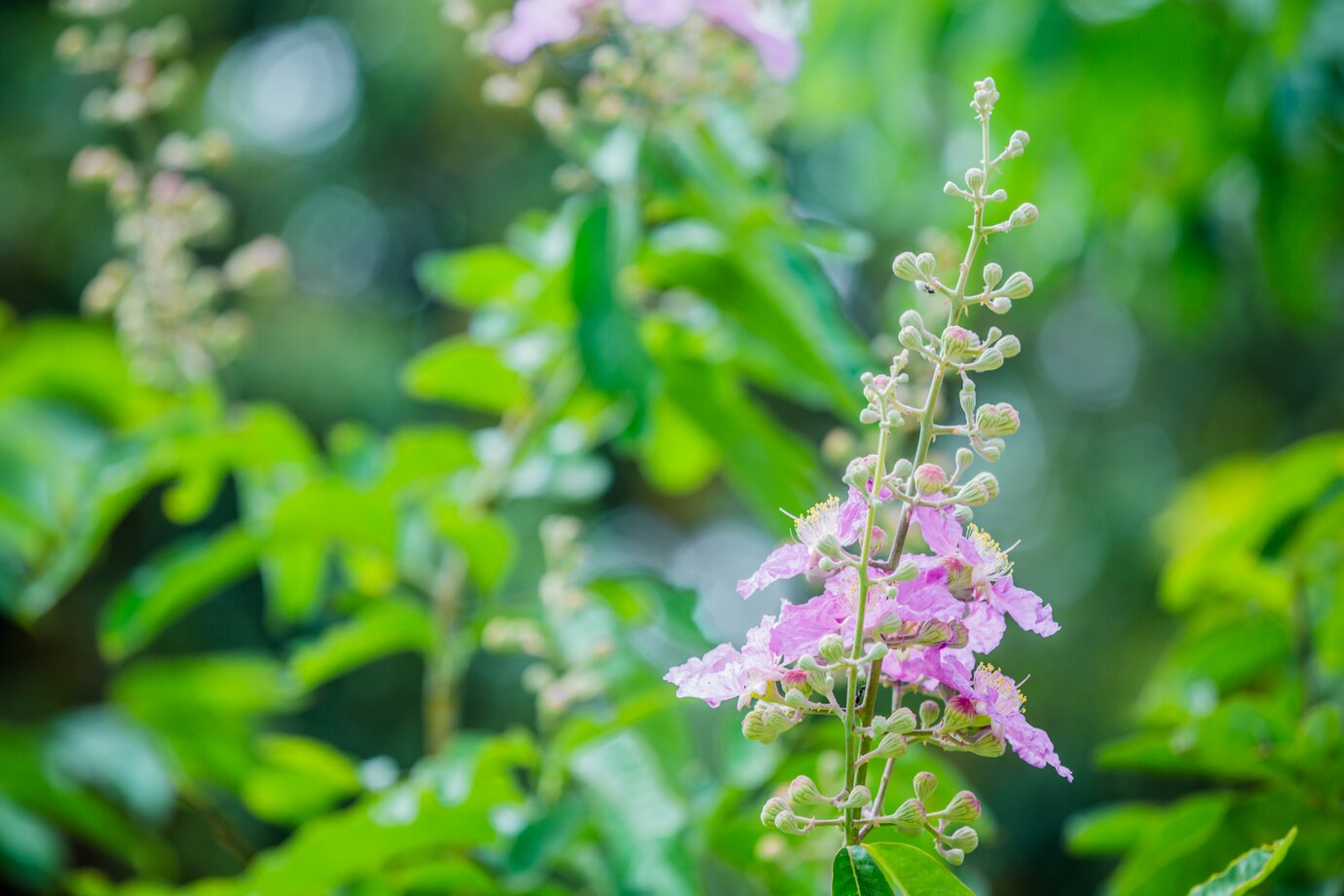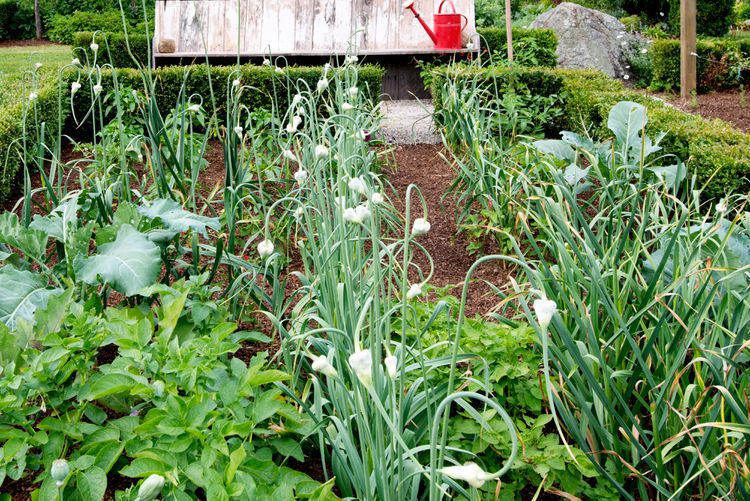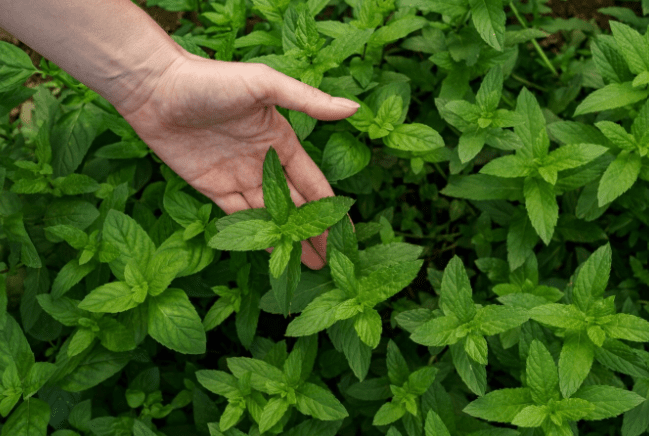Spearmint belongs to the mint family, which is known for its wide range of refreshing aromas and flavors. This cool and fragrant herb is especially favored for enhancing both hot and cold beverages, such as mojitos, mint juleps, and herbal teas.
While it’s possible to grow mint from seeds, starting with a young plant is a simpler and more reliable option. Spearmint, like other mint varieties, is a vigorous spreading perennial that can quickly take over a garden bed if not contained. To keep it under control, the most effective method is to grow it in a container. Follow the steps below to learn how to grow spearmint successfully in a pot.
Table of Contents
ToggleWhat You’ll Need
- A spacious pot (minimum 12–16 inches wide) with proper drainage holes
- Light, well-draining potting mix
- Perlite or sand to enhance soil drainage
- Mint seeds or young spearmint seedlings
- A spray bottle for gentle watering
- A clear plastic bag or cover (optional, to help speed up seed germination)
Step 1: Prepare the Soil
Spearmint grows best in soil that stays moist but drains well. To create the ideal growing medium:
- Combine two parts of nutrient-rich potting soil.
- Mix in one part sand or perlite to improve airflow and drainage.
- If possible, add one tablespoon of crushed eggshells per liter of soil to boost calcium levels and help balance soil pH.
Heavy or compacted soil can suffocate roots and retain excessive moisture, thereby increasing the risk of root rot. A loose, well-aerated mix encourages healthy root development, giving your spearmint the best chance to thrive.
Step 2: Choose the Right Pot
- Pick a generously sized pot with proper drainage holes at the bottom to avoid waterlogging.
- If you’re planting more than one spearmint plant in the same container, ensure they’re spaced about 8 to 12 inches apart.
- To manage the plant’s fast-spreading roots, insert a plastic ring into the soil around each plant to contain its growth. It acts as a barrier, keeping the roots contained.
Spearmint is a vigorous grower that can quickly take over any space. A roomy pot encourages healthy development without overcrowding, while a root barrier keeps the plant from dominating the entire container.
Step 3: Planting the Seeds or Seedlings
If Using Seeds:
- Fill your pot with the pre-mixed soil blend and leave about 1–2 inches of space from the top.
- Gently press the mint seeds onto the soil surface. Don’t cover them, as they need light to germinate.
- Gently mist the soil using spray bottle to keep it evenly moist, not wet.
- Cover the pot with a clear plastic or a transparent lid to hold in humidity.
- Seeds usually sprout within 10 to 15 days under ideal conditions.
If Using Seedlings:
- Make a small hole in the soil where you want to plant the seedlings.
- Place the young plant in the hole and gently firm the soil around its base to hold it in place.
- Water the soil lightly to help the roots settle.
Step 4: Watering Your Mint
Spearmint thrives in consistently moist soil but doesn’t handle soggy conditions well.
- Water your plant whenever the top inch of soil feels dry to the touch.
- Be careful not to overwater. Too much moisture can suffocate roots and trigger root rot.
- If your container sits on a saucer, ensure that you empty any excess water after each watering session.
Steady moisture supports healthy growth and vibrant leaves, but standing water invites fungal issues. Keeping a balance prevents disease and ensures your spearmint stays lush and thriving.
Step 5: Light and Temperature
Spearmint thrives with 4 to 6 hours of indirect sunlight each day.
- Indoors, put the pot near a south-facing window where it can get bright, filtered light.
- During colder months, supplement with a grow light if natural light is limited.
- Maintain temperatures between 65°F and 77°F (18 °C–25°C) for optimal growth.
Excessive direct sunlight can cause the soil to dry and scorch the leaves, while too little light causes the plant to grow tall and weak with fewer flavorful leaves.
Step 6: Fertilizing Your Mint
Spearmint doesn’t need a lot of feeding, but occasional nutrition supports healthy growth.
- Mix in compost every few weeks to naturally enrich the soil.
- Apply a liquid fertilizer once a month throughout the growing season for an extra boost.
Excessive fertilizing can lead to leggy stems and bland-tasting leaves. Compost delivers balanced nutrition gently, keeping the plant strong without overfeeding.
Step 7: Pruning and Harvesting
Regular trimming keeps your spearmint full and productive.
- Once the plant is around 6 inches tall, snip off the top leaves to promote branching.
- Always harvest from the top, allowing the lower leaves to stay and support overall plant health.
Frequent pruning helps prevent the plant from becoming too tall and thin. It encourages a fuller shape and ensures a consistent supply of fresh, aromatic leaves for your kitchen.
Step 8: Pruning and Controlling Growth
Mint is known for its rapid and aggressive spreading habit, so keeping it contained is essential.
- Always grow spearmint in its own pot rather than planting it alongside other herbs.
- Regularly trim runners to stop the plant from spreading beyond its space.
If left unmanaged, mint’s invasive roots can quickly overtake nearby plants, crowding them out and dominating your container or garden bed.
Step 9: Overwintering
When grown outdoors, mint naturally dies back in the winter but reappears in the spring.
- Add some dry leaves or straw over the soil to insulate the roots during cold months.
- If you’re growing spearmint in a pot, bring it indoors when temperatures dip below freezing to prevent root damage.
While mint is quite resilient, potted plants are more susceptible to harsh weather conditions. A little winter protection ensures your plant survives and comes back strong for the next growing season.
Bonus Tips for Healthy Mint
Here are a few tips on how to grow spearmint. By following these, you’ll be able to enjoy a steady supply of fresh, aromatic mint all year long!
- Maintain consistent watering, but make sure the soil never becomes waterlogged.
- Place your plant in partial shade or bright, indirect sunlight for best results.
- Trim the plant regularly to promote fresh, bushy growth.
- Always grow mint in a dedicated container to stop it from overwhelming neighboring plants.

